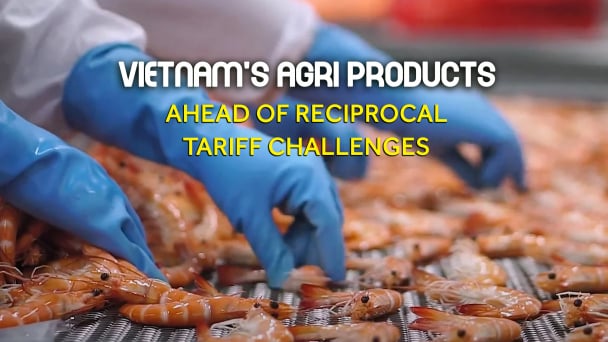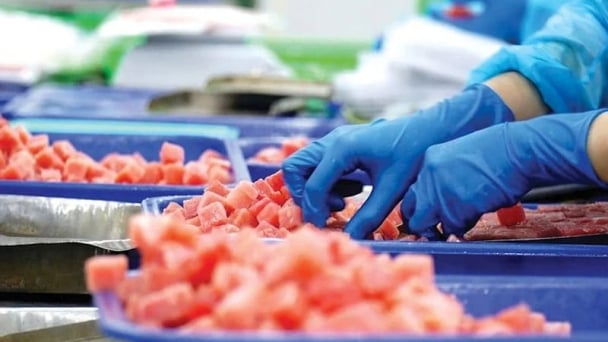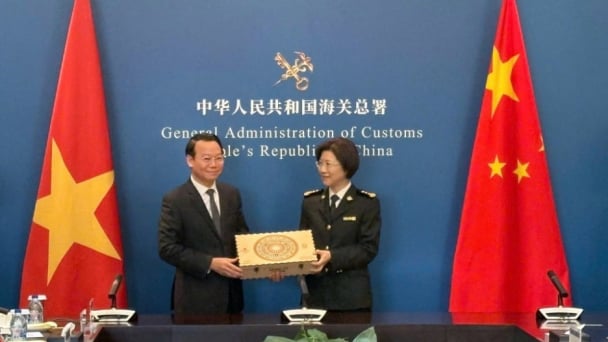May 31, 2025 | 14:43 GMT +7
May 31, 2025 | 14:43 GMT +7
Hotline: 0913.378.918
May 31, 2025 | 14:43 GMT +7
Hotline: 0913.378.918

The International Organisation of Vine and Wine said health concerns and economic factors were to blame for the downturn. Photo: Brian Jackson/Alamy.
Worldwide consumption of wine fell in 2024 to its lowest level in more than 60 years, the main trade body has said, raising concerns about new risks from US tariffs.
The International Organisation of Vine and Wine (OIV) said on Tuesday that 2024 sales fell 3.3% from the previous year to 214.2m hectolitres.
The OIV, whose report was based on government figures, said this would be the lowest sales figure since 1961, when sales were 213.6m hectolitres.
Production is also at its lowest level in more than 60 years, having fallen 4.8% in 2024 to 225.8m hectolitres.
The OIV’s statistics chief, Giorgio Delgrosso, said the wine industry had been hit by a perfect storm as health concerns drive down consumption in many countries and economic factors added to troubles.
“Beyond the short-term economic and geopolitical disruptions, it is important to consider the structural, long-term factors also contributing to the observed decline in wine consumption” the IOV’s annual report said.
The OIV said the consumer was now paying about 30% more for a bottle now than in 2019-20 and overall consumption had fallen by 12% since then.
In the United States, the world’s top wine market, consumption fell 5.8% to 33.3m hectolitres.
Delgrosso said tariffs ordered by the US president, Donald Trump could become “another bomb” for the wine industry.
Sales in China remain below pre-Covid levels. In Europe, which accounts for nearly half of worldwide sales, consumption fell 2.8% last year. In France, one of the key global producers, 3.6% less wine was consumed last year. Spain and Portugal were among the rare markets where consumption increased.
The OIV said production had been hit by environmental extremes such as above-average rainfall in some regions and droughts in others.
Italy was the world’s top producer with 44m hectolitres, while France’s output fell 23% to 36.1m hectolitres, its lowest level since 1957.
Italy is also the biggest wine exporter and its trade increased because of the popularity of sparkling wines such as prosecco.
Spain produced 31m hectolitres, while US wine output fell 17.2% to 21.1m hectolitres, mainly because of extreme heat.
The OIV could not predict if consumption would take off again and industry players, such as the French chain of wine shops Nicolas, say there is a “generational” fall in drinking.
“People do not drink in a festive way any more and young people consume less than their parents,” the company said in a statement to Agence France-Presse.
However, “people drink less, but better”, Nicolas said, and so are ready to spend more.
(The Guardian)
/2025/05/30/5010-5-173638_943.jpg)
(VAN) On May 29, at the GO! My Tho Trading Center, the Tien Giang Department of Industry and Trade, in collaboration with Central Retail Corporation, held the opening ceremony of the 3rd Fruit Festival 2025.

(VAN) Reciprocal tariffs are exerting pressure on U.S. exports, prompting Vietnamese firms to shift their focus to Muslim markets, Thailand, and Brazil.

(VAN) A free booth for two years at Xinfadi, Beijing's largest wholesale market, will be allocated to Vietnam's agricultural products.

(VAN) Vietnamese shrimp exporters are actively looking for alternative markets and accelerating shipments to the United States in response to the pressure of impending reciprocal tariffs. This is occurring during a temporary tariff suspension.

(VAN) The import-export turnover between Vietnam and Singapore rose amid a trade rebound, with machinery, electrical equipment, and fuels making up the majority of the transaction value.

(VAN) Director General of the General Administration of Customs of China, Ms. Sun Mai Jun, has pledged to implement measures that will ease the import process for Vietnamese agricultural products.

(VAN) Although Vietnam is still increasing its coffee exports, the industry is currently in the process of determining market strategies in response to the U.S. imposition of reciprocal tariffs.